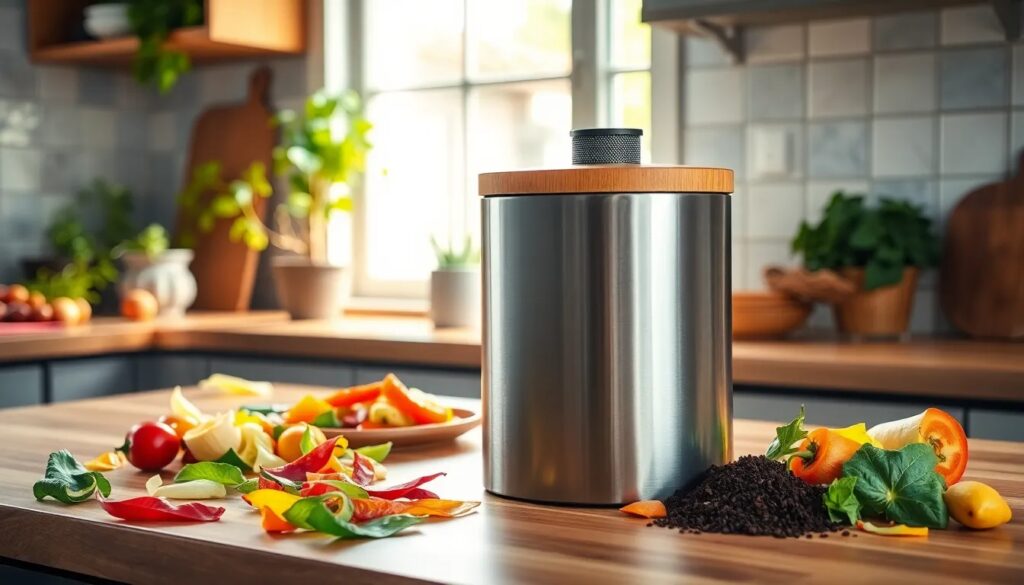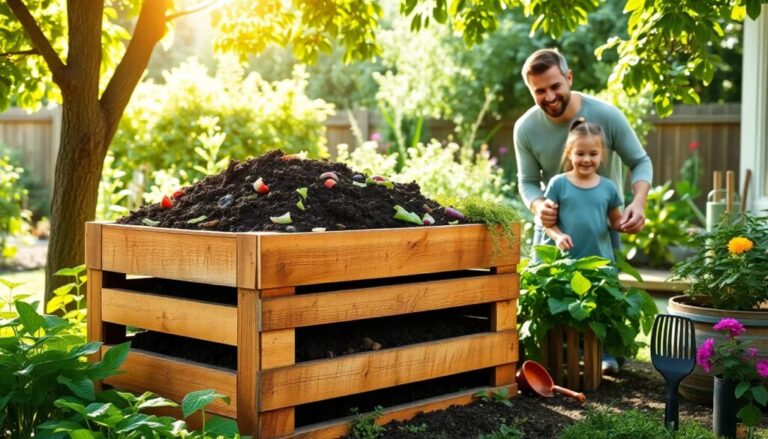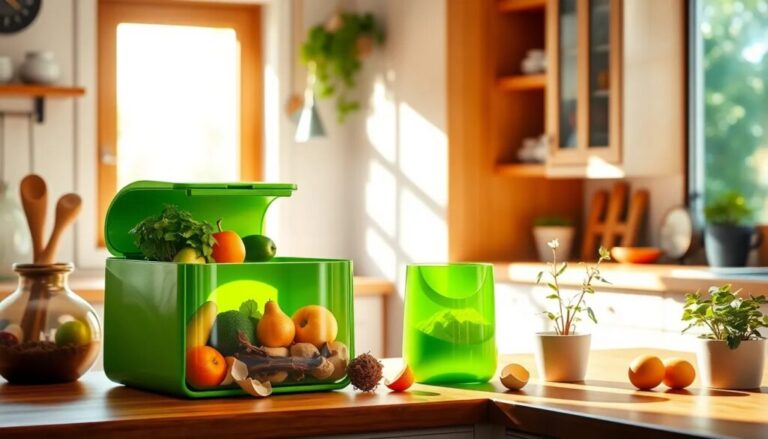Indoor compost bin essentials for your kitchen
Composting has gained popularity as a sustainable practice to reduce waste and enrich soil. An indoor compost bin can simplify the process, making it easier to handle kitchen scraps. In this guide, we will explore the benefits, essential features, and best options for indoor compost bins.
Whether you’re a seasoned composter or just starting, understanding how to choose the right indoor compost bin is crucial for successful composting.
How to choose the best indoor compost bin for your needs?
Choosing the right indoor compost bin involves considering various factors such as size, design, and functionality. An ideal bin should fit comfortably in your kitchen while offering enough capacity for your composting needs.
Look for bins that are easy to clean and maintain. A smooth interior surface prevents the buildup of residues and makes it easier to empty the bin. Additionally, consider a bin with a removable lid and a charcoal filter for effective odor control.
- Size: Consider how much kitchen waste you typically generate.
- Odor management: Look for bins with charcoal filters.
- Ease of cleaning: Smooth interiors and removable components are ideal.
- Design: Choose a bin that complements your kitchen decor.
Some popular options include the Epica Countertop Compost Bin and the OXO Good Grips Compost Bin, both known for their durability and effectiveness in managing odors.
What are the essential features of an indoor compost bin?
When selecting an indoor compost bin, several features can enhance your composting experience. A good bin should have a capacity of about 1 gallon, which is sufficient for most household needs.
Among the essential features to look for are:
- Odor control: Charcoal filters are crucial for managing unpleasant smells.
- Ventilation: Proper airflow helps in effective composting and reduces odors.
- Sturdy construction: A durable bin will last longer and withstand regular use.
- Easy access: A wide opening allows for easy addition of scraps.
Additionally, consider bins with secure lids to keep pests away. The Utopia Kitchen Compost Bin is well-regarded for its effectiveness in odor control, making it a great choice for any kitchen.
How to create a DIY indoor compost bin in 4 easy steps?
If you’re looking for a budget-friendly option, creating a DIY indoor compost bin is a viable solution. Here’s how you can do it in just four easy steps:
- Choose a container: Pick a suitable bin, such as a large plastic container or an old bucket.
- Drill holes: Make small holes in the container for ventilation and drainage.
- Add a lid: A lid helps contain odors and keep pests out. Consider using a lid with air holes.
- Start composting: Begin adding kitchen scraps, maintaining a balance of green and brown materials.
Regularly emptying your DIY bin will help prevent odors and maintain a healthy composting environment. If you struggle with frequent emptying, storing scraps in the fridge or freezer can be an effective solution.
What indoor compost bins control odors effectively?
Odor management is a primary concern for many composters. Selecting an indoor compost bin designed for odor control is essential. Look for bins equipped with charcoal filters, which absorb odors and keep your kitchen smelling fresh.
Some of the best indoor compost bins for odor control include:
- Epica Countertop Compost Bin: Known for its charcoal filter and sleek design.
- OXO Good Grips Compost Bin: Features a secure locking lid and easy-to-clean construction.
- SimpleHuman Compost Caddy: Conveniently mounts on garbage bins and helps keep odors at bay.
Regular maintenance is crucial for odor control. Aim to empty your compost bin every few days and keep the interior clean to minimize unpleasant smells.
Why you should consider a package free compost bin?
Package-free compost bins provide an eco-friendly solution that reduces plastic waste. By choosing a bin that requires no packaging, you contribute to sustainability efforts while managing kitchen scraps effectively.
These bins often come with minimalistic designs and are made from sustainable materials. They are easy to clean and maintain, making them a practical choice for environmentally conscious individuals.
- Support sustainability: Reduce your carbon footprint.
- Durability: Often made from high-quality materials that last longer.
- Versatility: Can be used for various organic materials, minimizing food waste.
By opting for a package-free indoor compost bin, you align your composting practices with your environmental values, enhancing your overall sustainability efforts.
What are the benefits of using an indoor compost bin?
Using an indoor compost bin offers numerous advantages, particularly for urban dwellers. Here are some key benefits:
- Waste reduction: Composting kitchen scraps significantly reduces landfill waste.
- Soil enrichment: The compost produced enriches your garden soil with essential nutrients.
- Learning opportunity: Composting teaches valuable lessons about sustainability and waste management.
Incorporating an indoor compost bin into your kitchen routine can transform how you view food waste. It’s not just about disposal; it’s about creating a resource for your garden.
For those exploring composting options, the importance of maintaining a clean and organized bin cannot be overstated. Regularly emptying the bin, ideally daily or weekly, helps prevent mold and odors, ensuring an effective composting process.
Frequently asked questions about indoor compost bins
As you delve into the world of indoor composting, you might have some questions. Here are some common inquiries:
- How do I set up an indoor compost bin? Choose a suitable container, drill holes for ventilation, and start adding kitchen scraps.
- What materials can be composted in an indoor compost bin? Most kitchen scraps, including vegetable peels, coffee grounds, and eggshells, are suitable.
- How often should I empty my indoor compost bin? Ideally, empty it every few days to prevent odors and maintain compost health.
- What are the best practices for maintaining an indoor compost bin? Regular emptying, cleaning, and balancing green and brown materials are key.
- Can I use my indoor compost bin for all kitchen scraps? While many scraps are suitable, avoid meat and dairy to minimize odors.
For further insights, check out this informative video on composting:
With the right knowledge and tools, composting can become a seamless part of your kitchen routine. Explore the options available, and start reducing your waste today!










